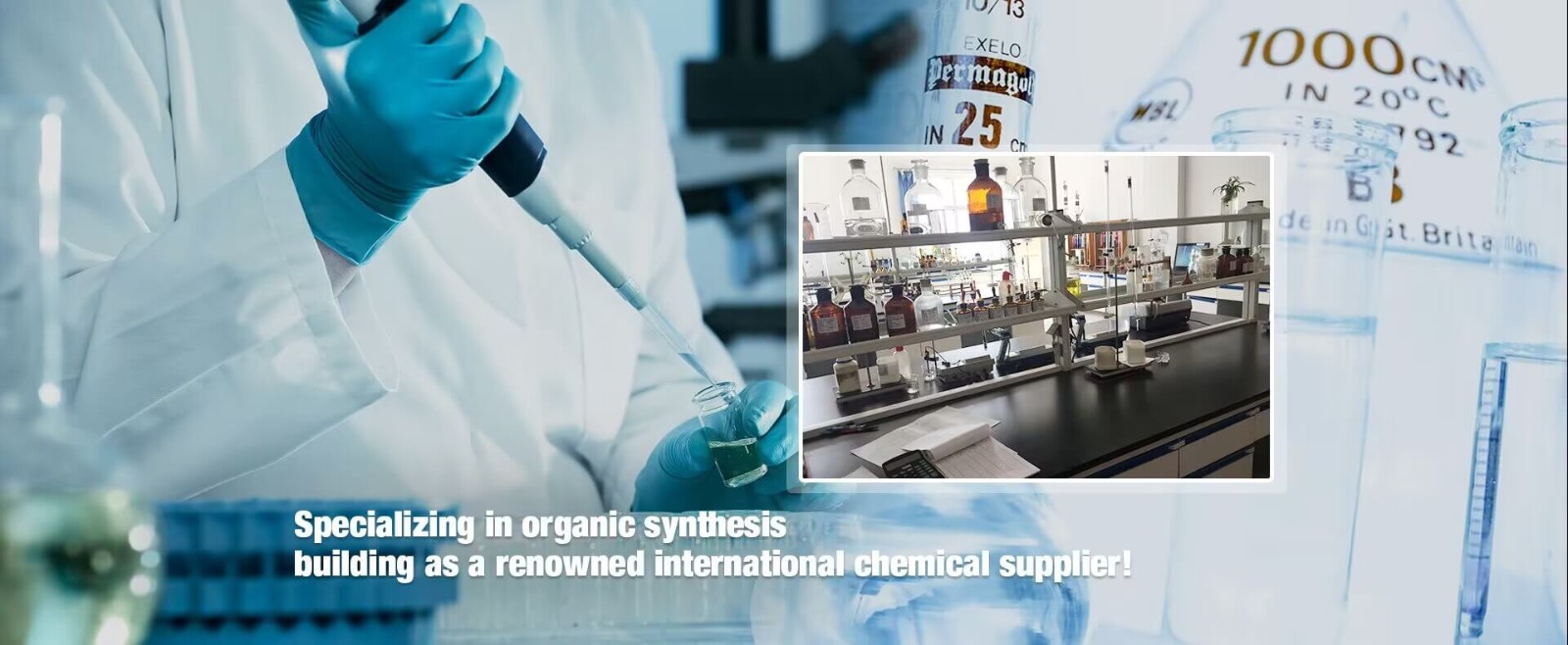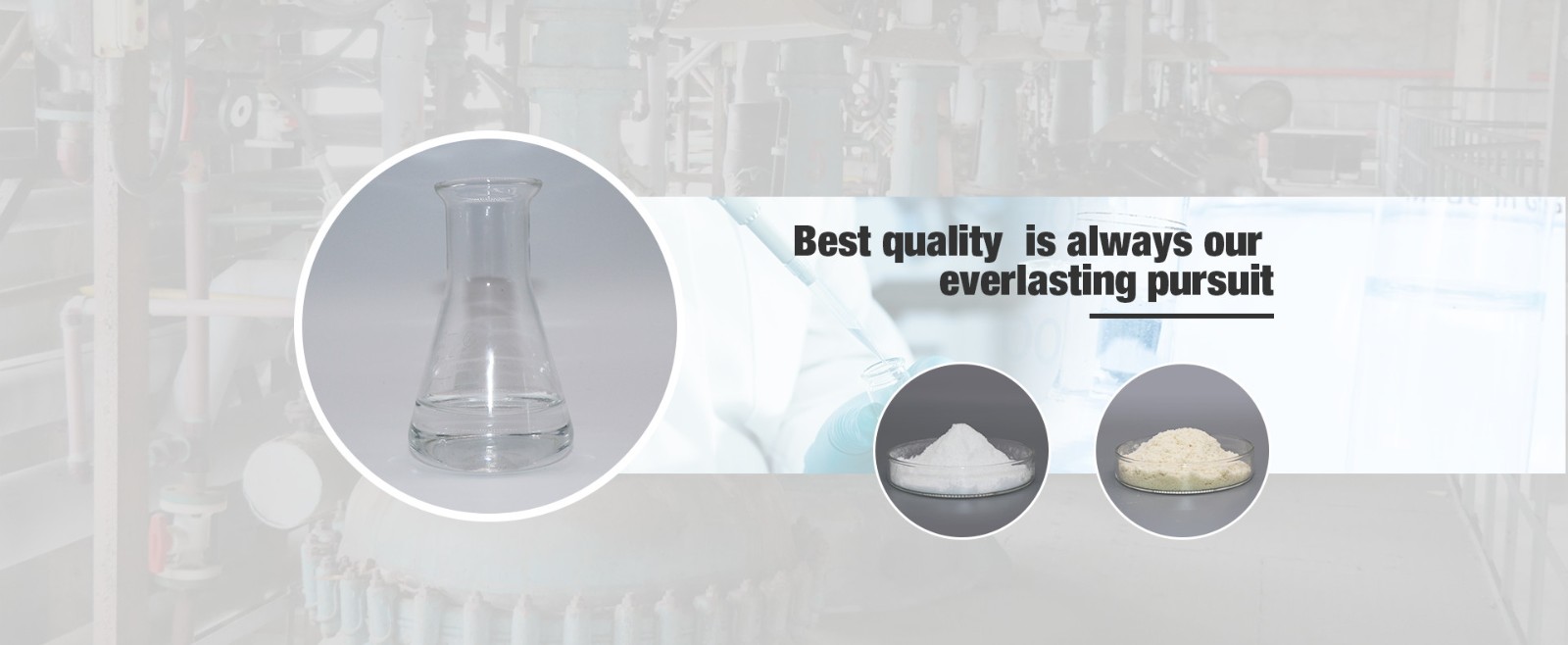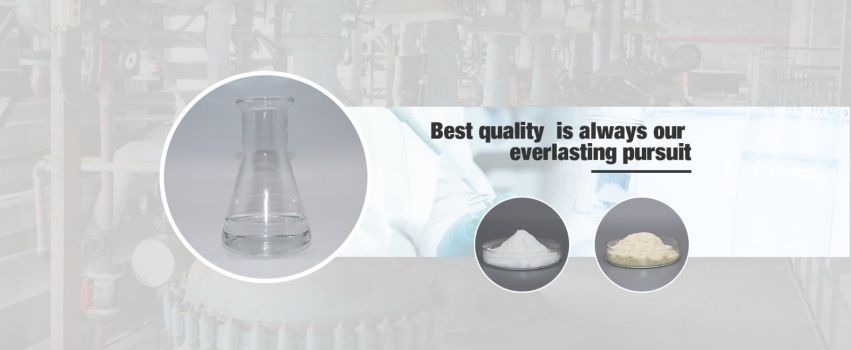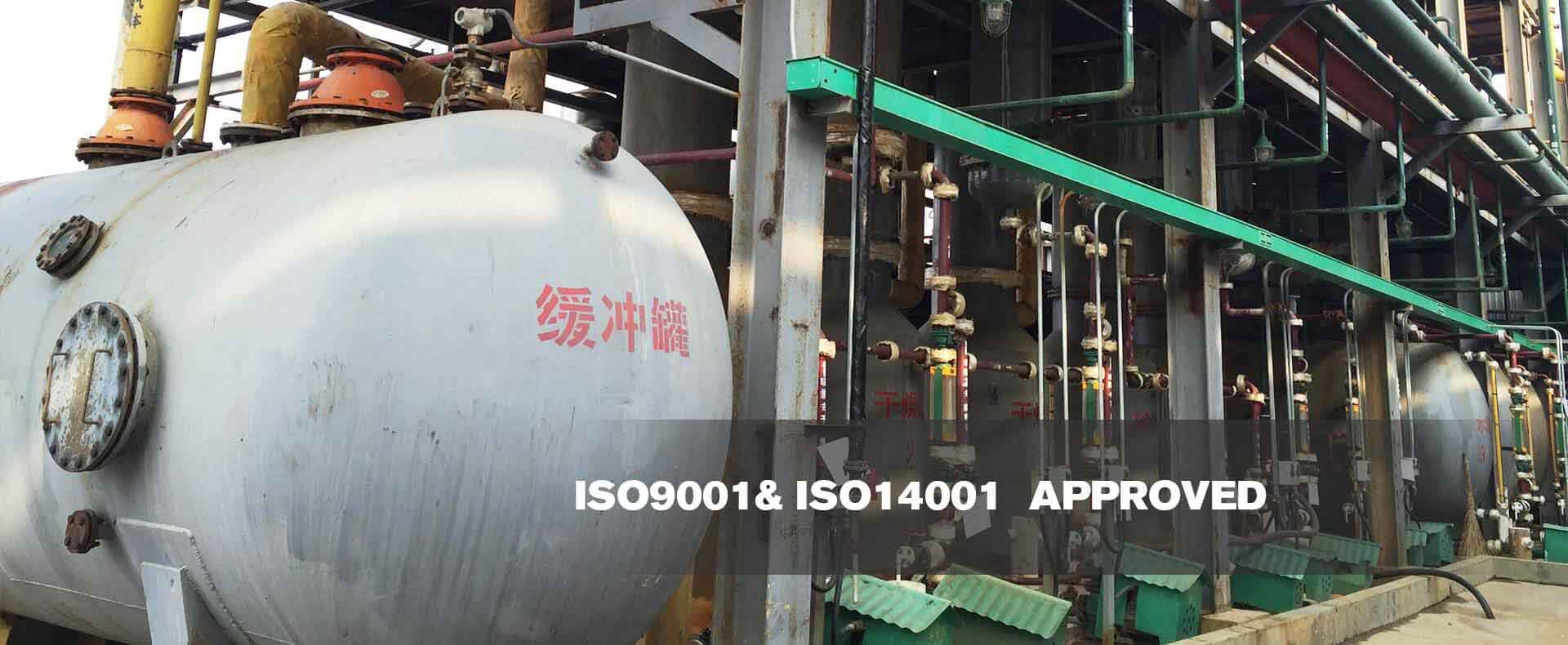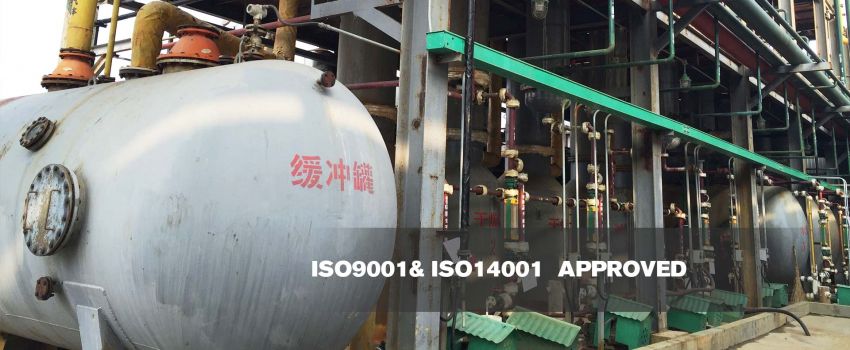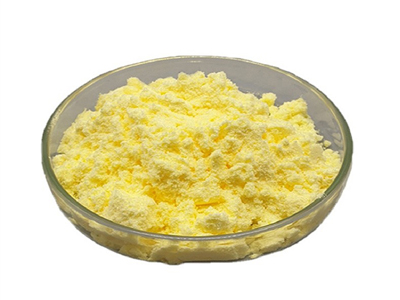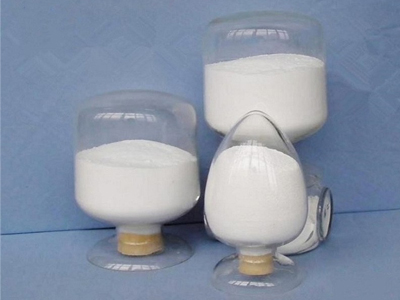Which Are the Driving Factors of the Pharmaceutical Intermediates Market?
May. 21, 2022
The global pharmaceutical intermediates market is valued at $29 billion in 2021 and is expected to exceed $52.6 billion by 2030, growing at a projected CAGR of 6.3% from 2021 to 2030.
Pharmaceutical intermediates are compounds that form part of the active pharmaceutical ingredients (APIs). Pharmaceutical intermediates are produced as by-products during the production of APIs. each reaction in the API production process produces a variety of different pharmaceutical intermediates. Pharmaceutical intermediates are used in the production of APIs and for R&D purposes by various pharmaceutical and biopharmaceutical companies.
Pharmaceutical intermediates are classified on the basis of product type, application, and distribution channel. Based on product type, the pharmaceutical intermediates market is segmented into GMP and non-GMP. based on application, the pharmaceutical intermediates market is segmented into antibiotics, antipyretics, vitamins, and others. On the basis of distribution channel, pharmaceutical intermediates are classified into direct sales and distributors.
α-Lipoic Acid CAS No.: 1077-28-7
Growth Factors
The rising prevalence of chronic diseases and the growing geriatric population are the major factors driving the demand for intermediates used in the development of drugs for the treatment of various chronic diseases. According to the World Health Organization, diabetes is the leading cause of stroke, heart disease, and kidney failure. In addition, the elderly population is expected to approach 2 million by 2050. These factors are driving the global demand for pharmaceutical intermediates.
Moreover, increasing investments and government support in developed countries such as the U.S. to develop and expand the biopharmaceutical industry Development of biologics and gene-targeted drugs for the treatment of various chronic diseases such as cancer and leukemia is one of the key factors contributing to the growth of the global pharmaceutical intermediates market. Moreover, the global demand for branded and generic drugs is growing exponentially due to the increasing burden of chronic diseases in the population driving the growth of the market.
4-Chloro-2,6-diaminopyrimidine CAS No.: 156-83-2
The rapid growth of the biopharmaceutical industry, which accounts for about 20% of the global pharmaceutical industry, is expected to be one of the major growth drivers in the coming years. The biopharmaceutical industry is gaining rapid momentum due to the development of various life-saving drugs that can cure cancer, oncology, and various other chronic diseases with minimal side effects. As a result, there is increasing adoption of biotech drug products globally, especially in developed regions such as North America and Europe. Moreover, increasing the adoption of drug intermediates in various research centers and institutes is expected to offer various growth prospects for market players in the future.
Product Insights
Based on product, the API intermediates segment accounts for the largest revenue share in 2020. API intermediates are widely used in the manufacture of active pharmaceutical ingredients (APIs). APIs are the key ingredients used in the manufacture of drugs with desired therapeutic effects. Moreover, government initiatives to promote and develop API parks are estimated to drive the growth of this segment. For instance, the Ministry of Pharmaceuticals has prioritized 56 APIs under the Make in India initiative.
On the other hand, custom intermediates are expected to be the fastest-growing segment during the forecast period. Custom drug intermediates are specific molecules that are customized to a certain size to obtain the desired therapeutic effect or outcome. This segment is slowly gaining market attention.
End-User Insights
Based on end-user, the CRO/CMO segment leads the global pharmaceutical intermediates market in terms of revenue in 2020 and is expected to maintain its dominance during the forecast period. Increasing penetration and rapid growth of contract manufacturing organizations and contract research organizations are significantly driving the demand for pharmaceutical intermediates for drug manufacturing and research purposes.
-

Qinmu's CPHI China 2025 Exhibition Ends Perfect
Jul. 01, 2025
-

CPHI & PMEC China (Shanghai) 2025 --- we are coming!
Mar. 14, 2025







